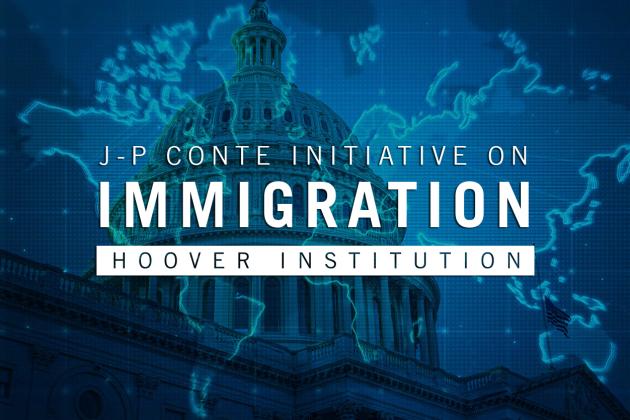PARTICIPANTS
Peter Fisher, George Shultz, John Taylor, Joe Grundfest, John Gunn, Andrew Crockett, Kenneth Scott, Darrell Duffie, Michael Boskin, John Cogan, Monika Piazzesi, Martin Schneider, John Ciorciari, and Matthew Gunn.
ISSUES DISCUSSED
-
Causes of the Credit Bubble. Peter Fisher opened the meeting by presenting his views on the causes of the financial crisis. He cited a number of key factors. The first was excessively easy monetary policy in 2003-05. Second, market players came to focus to exclusively on collateral and neglect borrowers’ income streams and ability to repay. Third, there was a failure of both regulators and lenders to establish and enforce minimum credit standards.
Bank examiners and credit rating agencies failed to assess risk properly. Fourth, financial institutions took on too much leverage in the quest for yield. Bank capital adequacy requirements encouraged the accumulation of credit in highly leveraged non-bank entities. At the same time, credit default swaps and other instruments contributed to confusion about firms’ levels of risk.The group then discussed some of these problems in further detail. Short-term incentive structures and the lack of sophistication on the boards of some large institutional investors were cited as important contributors to the crisis. Participants also noted that bank examiners and other relevant regulators often lack the training and experience to provide adequate supervision of large, complex financial entities.
-
Official Responses to the Crisis. Fisher then turned to an analysis of the official response to the crisis, which he divided into three phases:
-
Phase 1. Fisher described the first phase of the policy response between July 2007 and February 2008 as one focused on easing monetary policy and injecting liquidity. The problem with that approach was that large loans from the Fed did not address the need for de-leveraging.
-
Phase 2. The second phase of the policy response, which lasted from March to September 2008, emphasized the injection of equity into troubled banks and financial firms. The problem, Fisher argued, was that government threats to inject equity capital threatened to dilute existing shareholders and prompted a large sell-off. He estimated that $200 billion in market capitalization was lost in just two weeks after the government announced plans to infuse equity in financial institutions in March 2008. The subsequent treatment of Fannie and Freddie and emphasis on protecting unsecure creditors in the AIG and WaMu further contributed to fears among equity holders in financial institutions.
Participants discussed steps the government could have taken to avoid this problem. An earlier rescue of Fannie and Freddie involving more favorable treatment of shareholders was suggested as one possibility. The group then reviewed some of the political obstacles to taking more decisive and strategically focused action at an earlier stage in the crisis.
-
Phase 3. Fisher characterized the third stage of the official response as the phase of the TARP. He argued that policymakers had roughly the right plan—to buy up troubled assets and inject equity—and dedicated roughly the right level of resources. He contended that the TARP’s principal shortcoming has been in its execution. The group discussed several problems with TARP implementation. The absence of a credible pricing system for troubled assets, the inability to convince Congress to take sufficiently bold and decisive action, and the sheer complexity of the task at hand were cited as major reasons for the government’s inability to execute the plan effectively.
-
-
Ways Forward. In the final portion of the policy seminar, Fisher discussed some prospective policy options. He argued that to resolve pricing problems in the financial markets and encourage a return of capital, policymakers need to begin picking winners and losers, particularly in the banking sector. He emphasized the need to evaluate firms based on their balance sheets, management, and other factors and to take decisive action. Participants examined some of the challenges to doing so, particularly amid the current turmoil, and pointed to cases—such as the work of the Resolution Trust Corporation—as possible examples.
Fisher also examined the Fed’s options going forward. He argued that the Fed had turned toward unsterilized operations in part due to an exhaustion of other available monetary policy tools. He noted the apparent limits of the Fed’s capacity to control credit spreads. The group discussed some of the apparent effects of the Fed’s recent action, the risks of such a large balance sheet, and some of the international implications as the Fed increases swaps with European and other central banks.
Finally, Fisher analyzed challenges in managing leverage. He argued that various limits may be appropriate for money market mutual funds, hedge funds, and other relevant entities. He also stressed the importance of stronger competence among institutional investors and financial firm regulators. The group ended by discussing ways to improve rating agencies. Certifying individual analysts or establishing buyer-owned credit rating agencies were two proposed means for doing so.









